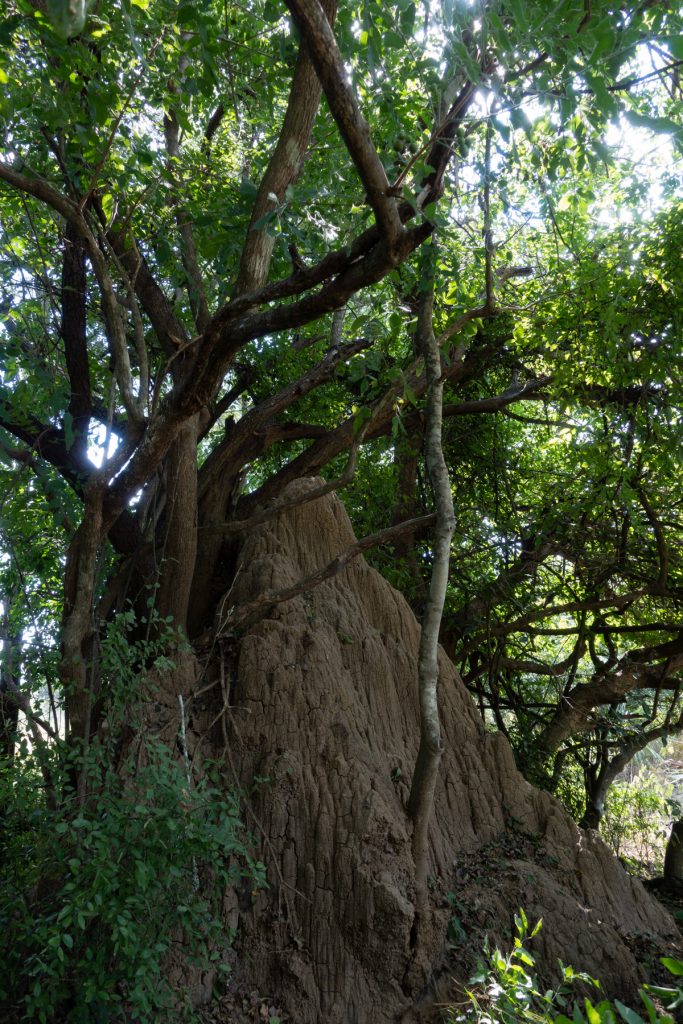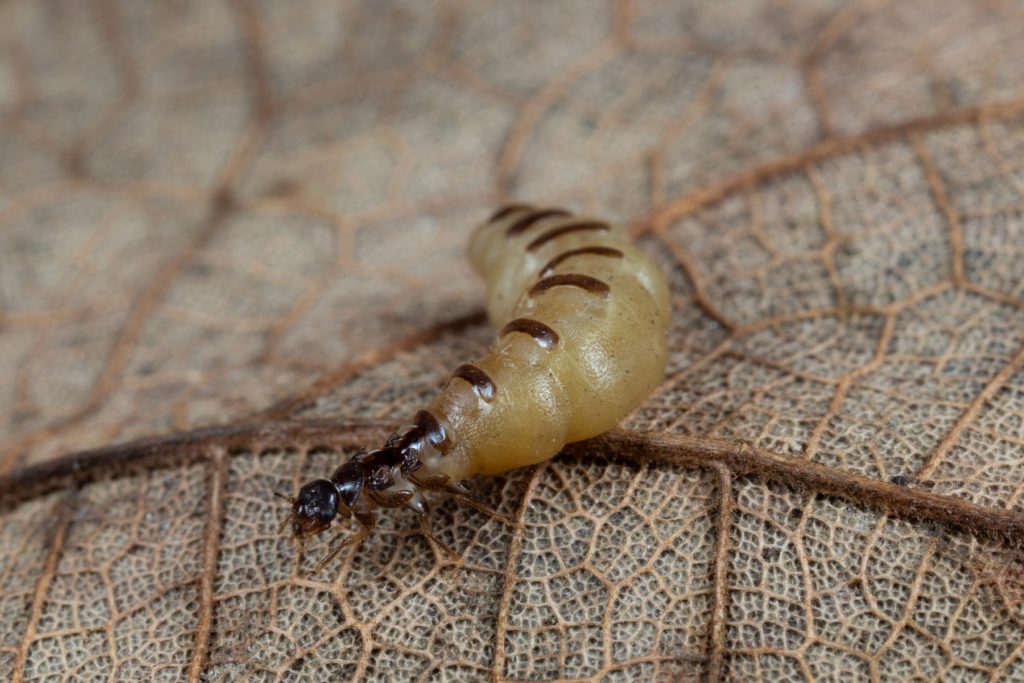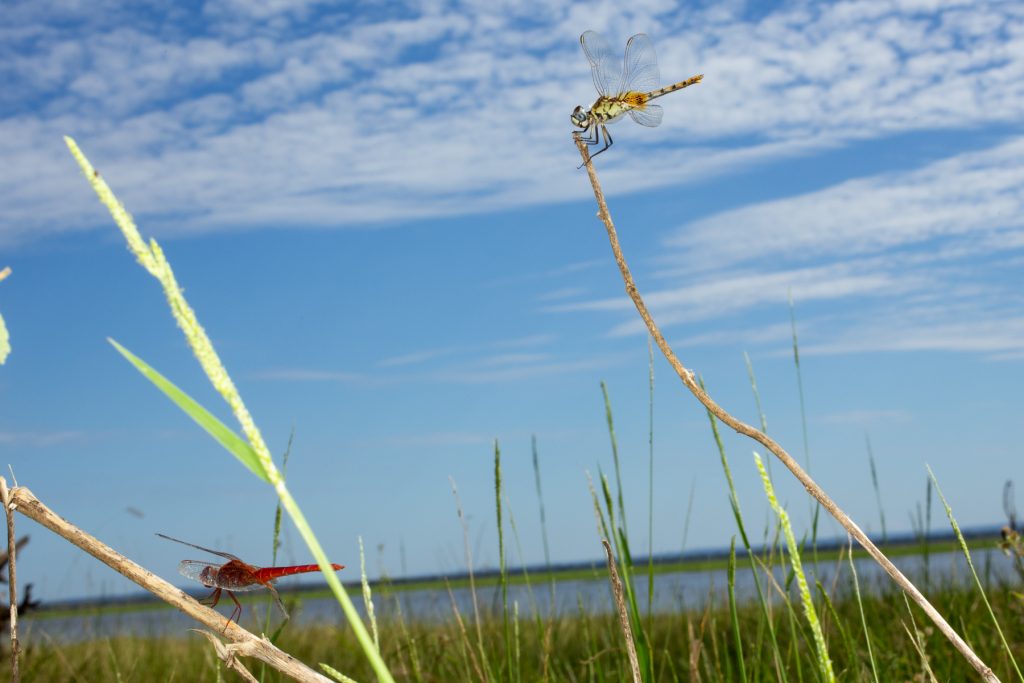Last week, I returned from a field trip to Gorongosa National Park in Mozambique. This trip included field work to collect millipedes in Gorongosa National Park and a two-week workshop on arthropod macrophotography.
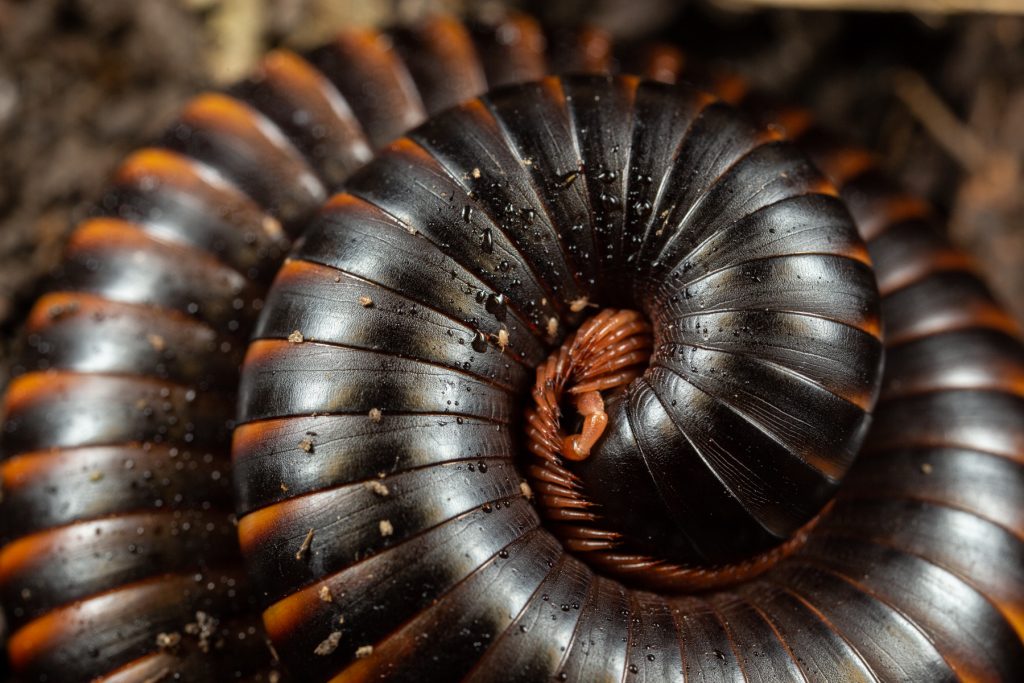
Doratogonus sp. (Spirostreptida) from Chitengo Campsite, Gorongosa National Park | Picture 2
Gorongosa National Park, at the southern end of the Great African Rift Valley in Mozambique, encompasses ~4,000 km-sq of acacia and savanna habitats with sand forests, limestone gorges, and rainforests scattered throughout the park. Mount Gorongosa, in the northwestern section of park, holds a diversity of habitats along its 1,863 m. elevational gradient, including rainforests and waterfalls.

Lake Urema with Mount Gorongosa and Bunga Inselbergs in the distance
I took a flight from Washington to Johannesburg, South Africa, and then to Beira, Mozambique. Finally, I boarded a 10-seater prop-plane to Chitengo Campsite in Gorongosa National Park where we landed on a surprisingly smooth grass landing strip (movie, 29.4 MB).
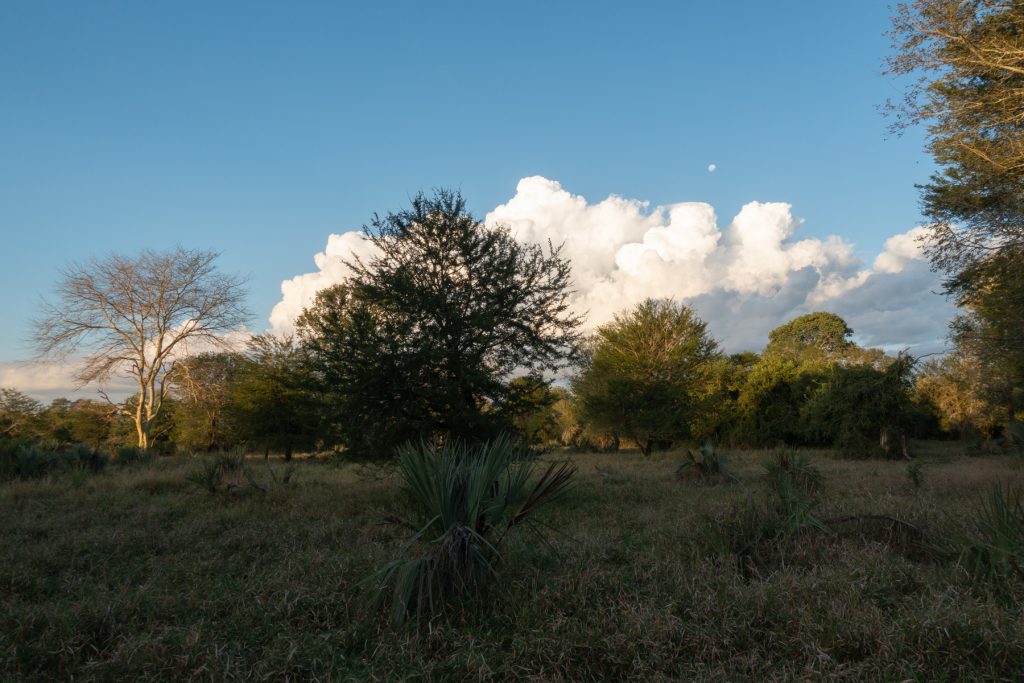
Savanna and a Fever tree with its green photosynthetic bark in the background (left)
Most of the habitat in Gorongosa National Park is savanna with pockets of unique habitats—typically more mesic ones—sprinkled throughout. Termite mounds, like this one (pictured below), foster the growth of trees and a shaded ecosystem where leaf litter accumulates and soil dwelling animals persist. These termite hill thickets were great for polydesmidan millipedes, amphisbaenians, and snails.
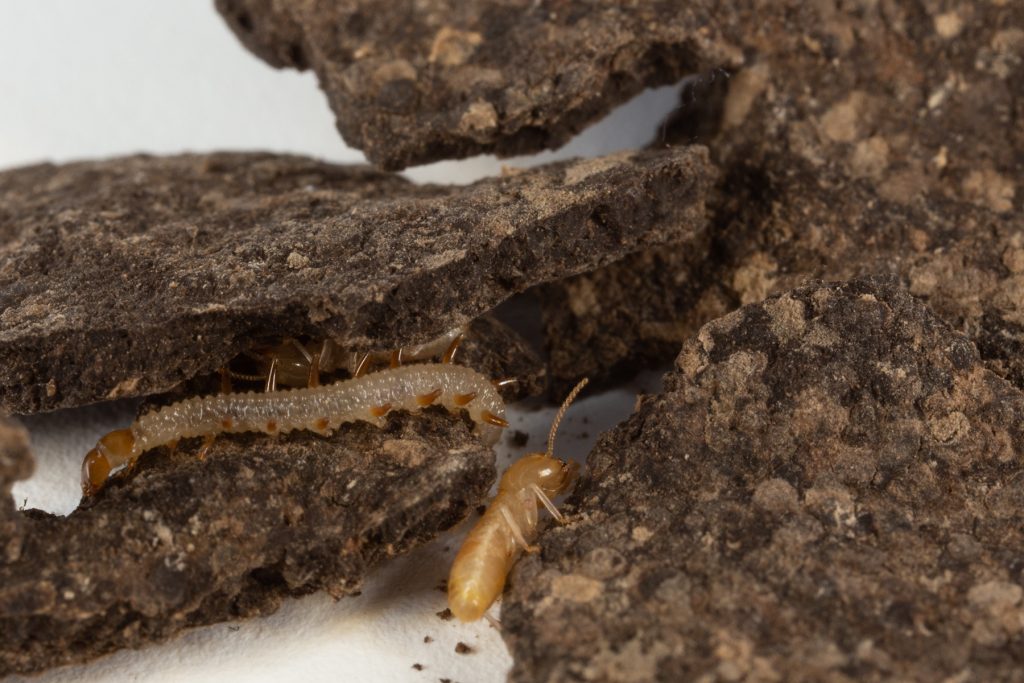
A caterpillar of the tineid moth Paraclystis integer (left), an inquiline of the termite Schedorhinotermes lamanianu (right). Identifications from Piotr Naskrecki.
While at Gorongosa, I encountered a bonanza of life. While the warthogs, vervets, and baboons were very endearing and roamed just a few steps from my door, the smaller animals were the most fascinating. Here are a few below, and there are more in the next post. (Note: I’m still working on identifications for most of them, and will update soon. If you know any identifications, please leave a comment!)
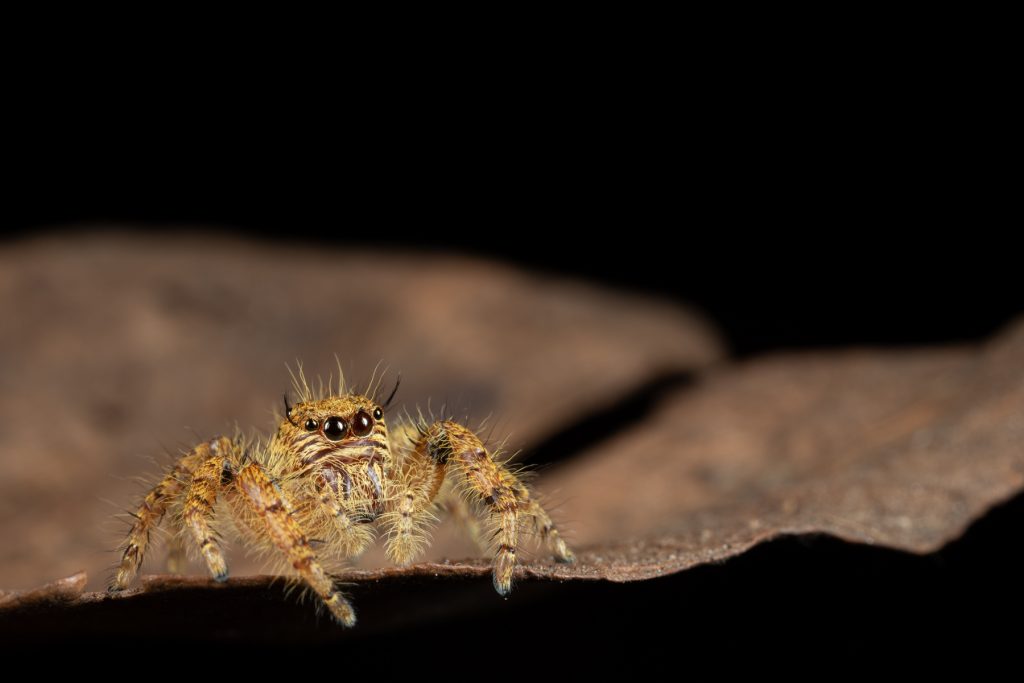
Jumping spider, Hyllus? (family Salticidae)
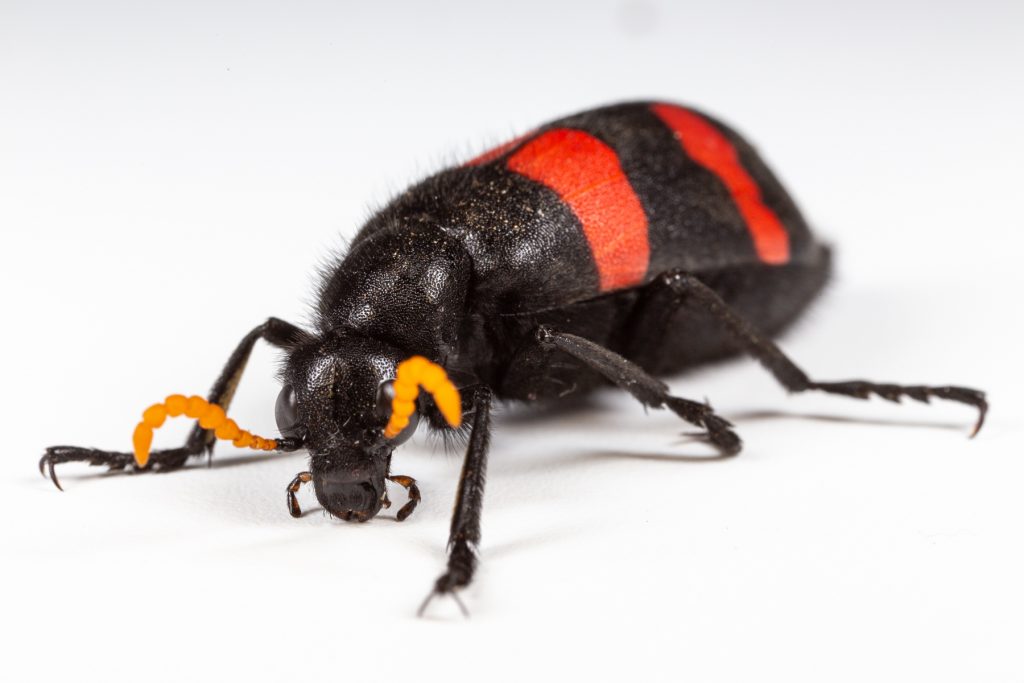
Blister beetle, Mylabris? (family Meloidae). I definitely would not touch this beetle.
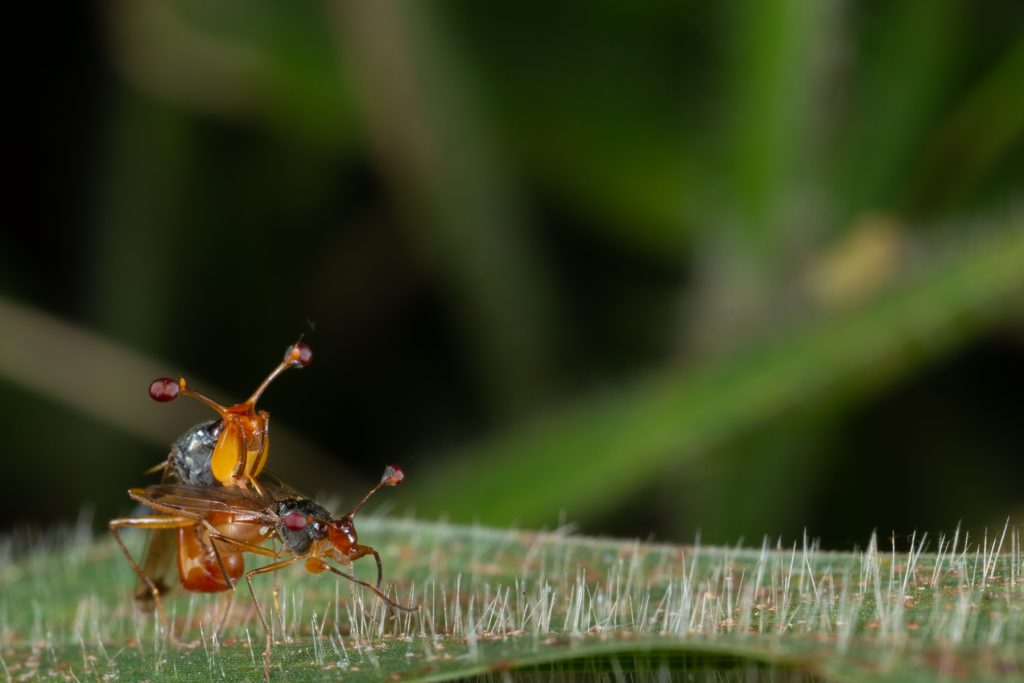
Stalk-eyed flies, Diasemopsis?, mating (family Diopsidae) | Picture 2 | Picture 3
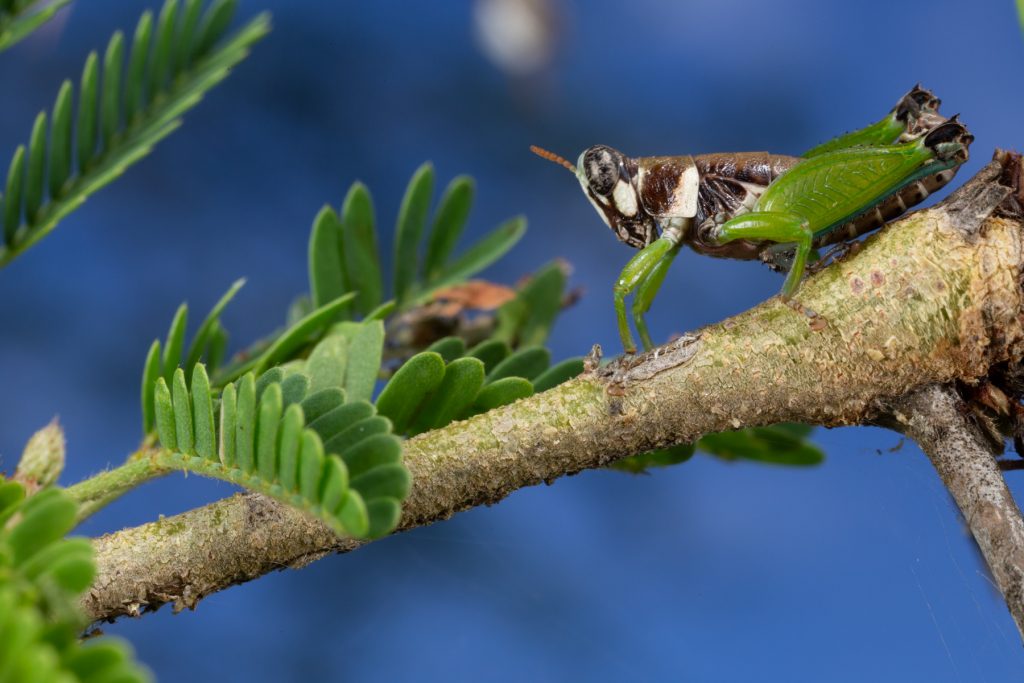
Grasshopper nymph (family Acrididae)
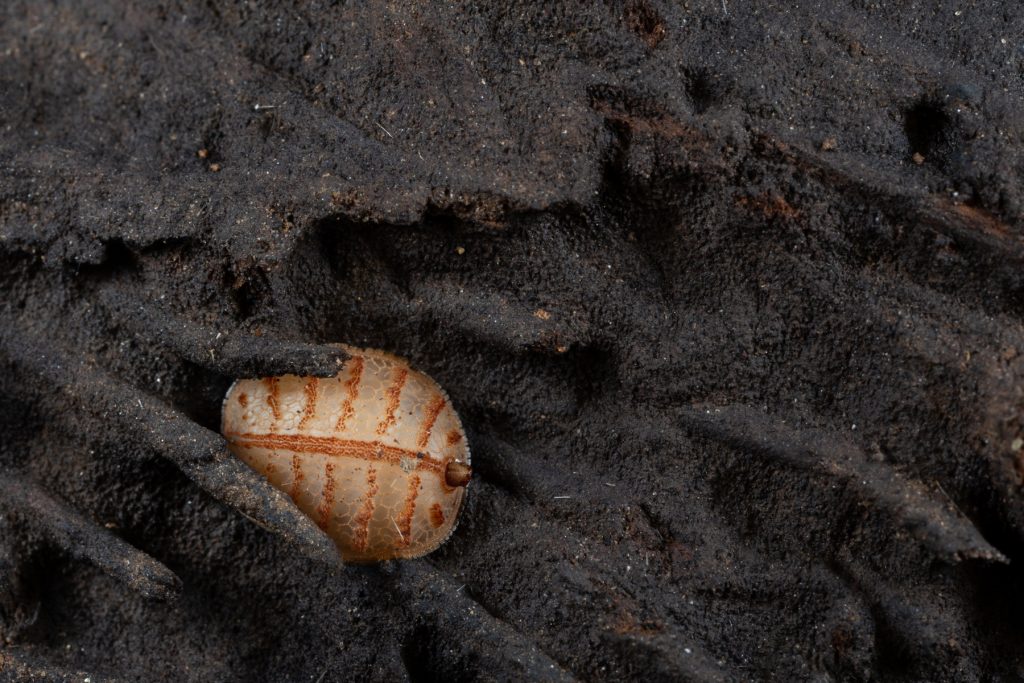
Microdontine hoverfly larva in ant nest (family Syrphidae)
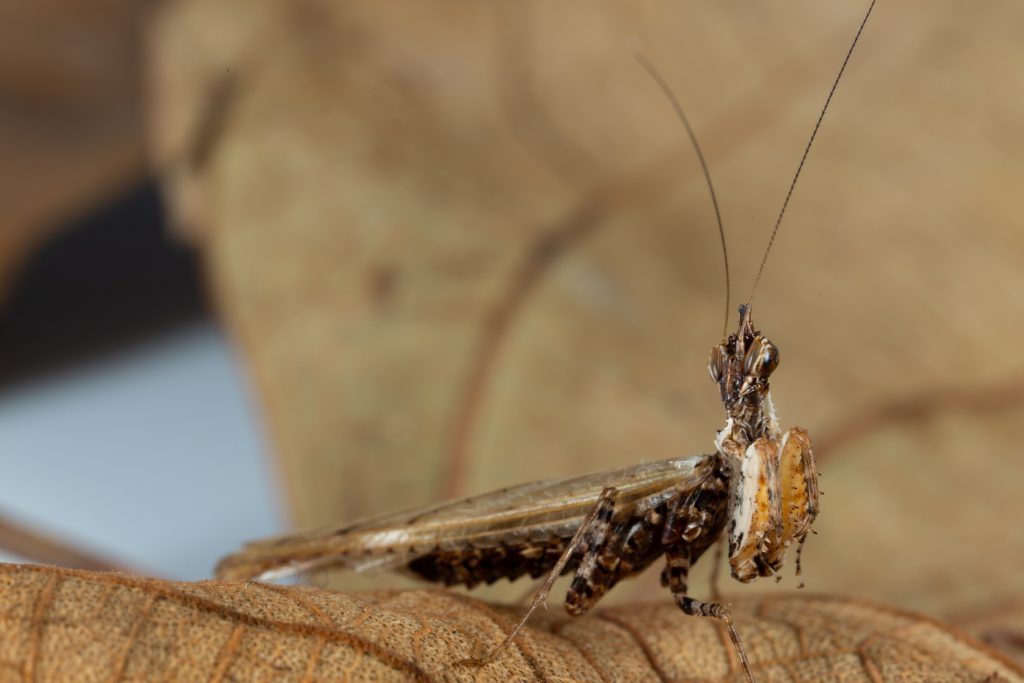
Praying mantis (order Mantodea)
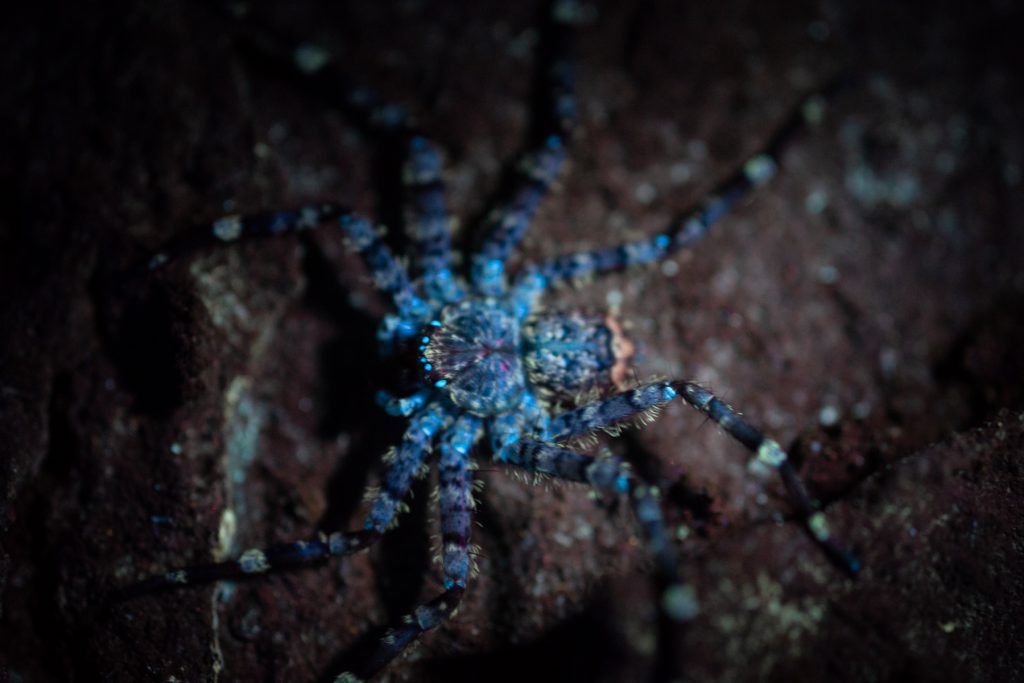
Flatty spider (family Selenopidae) taken with 365 nm UV light showing blue fluorescence

Phanaeus sp. scarab beetle (Scarabaeidae)
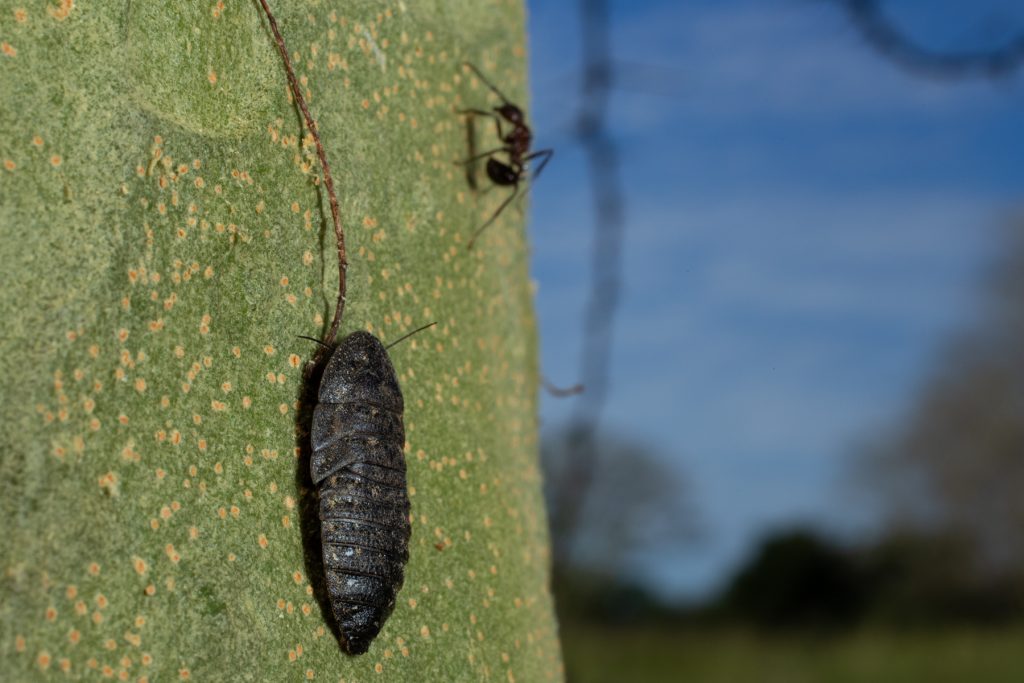
Cockroach nymph and ant on a Fever tree trunk
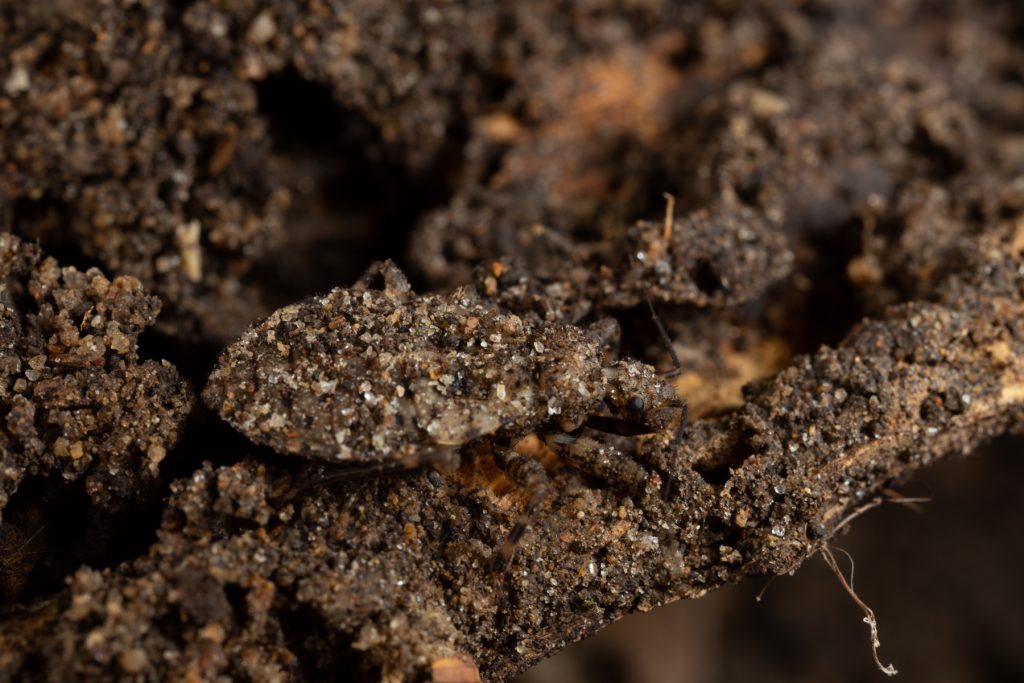
Assassin bug (family Reduviidae)
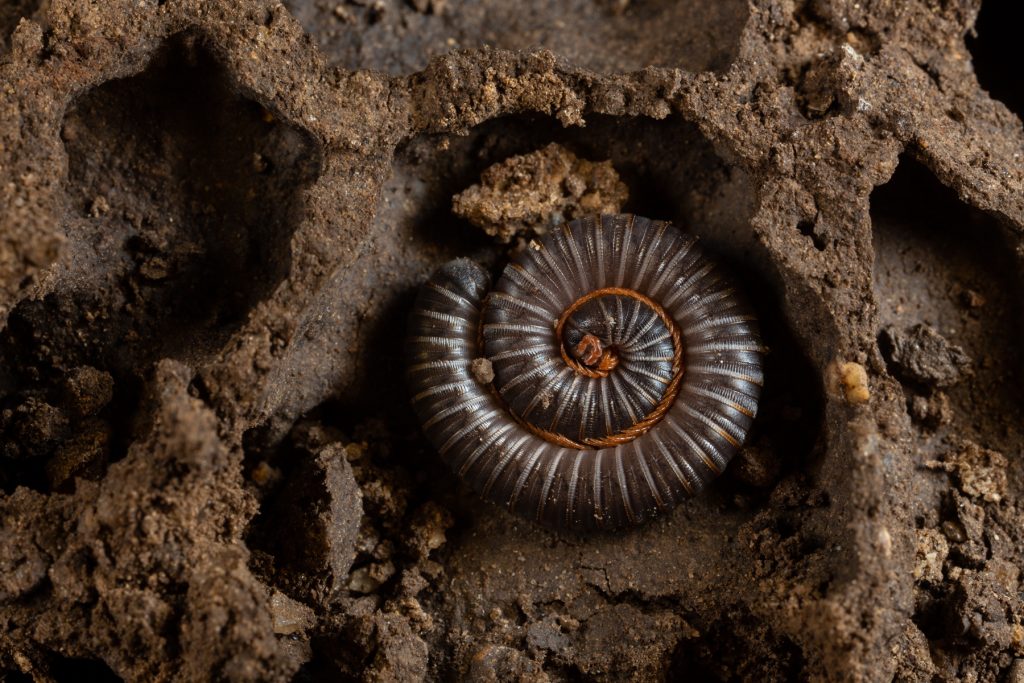
Millipede in an ant nest (family Julidae)
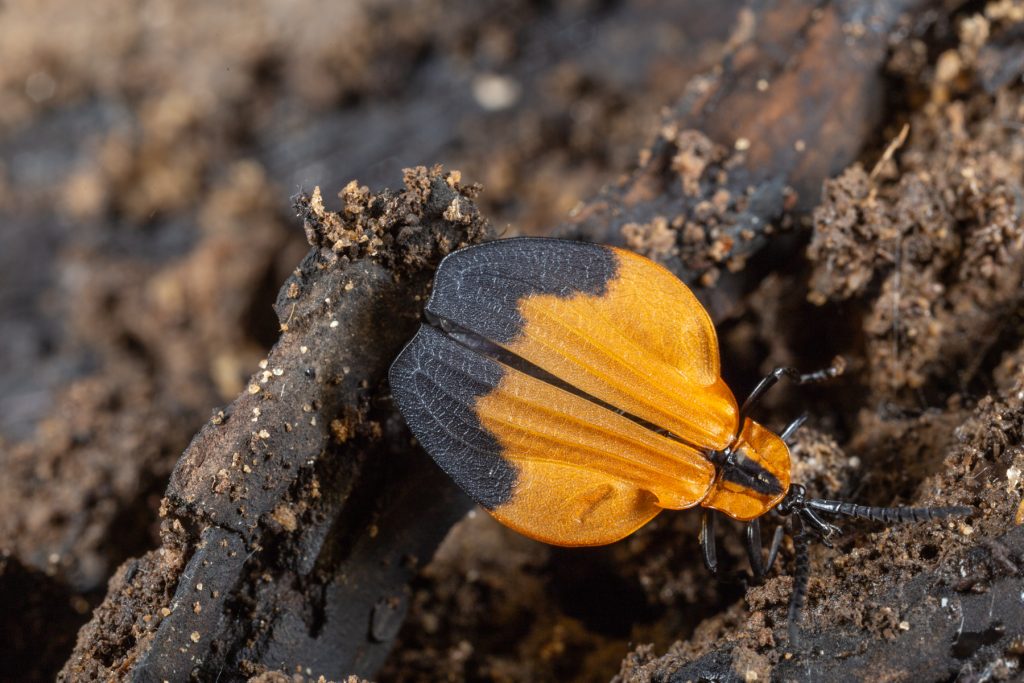
Net-winged beetle (family Lycidae). This one had a cool snout.
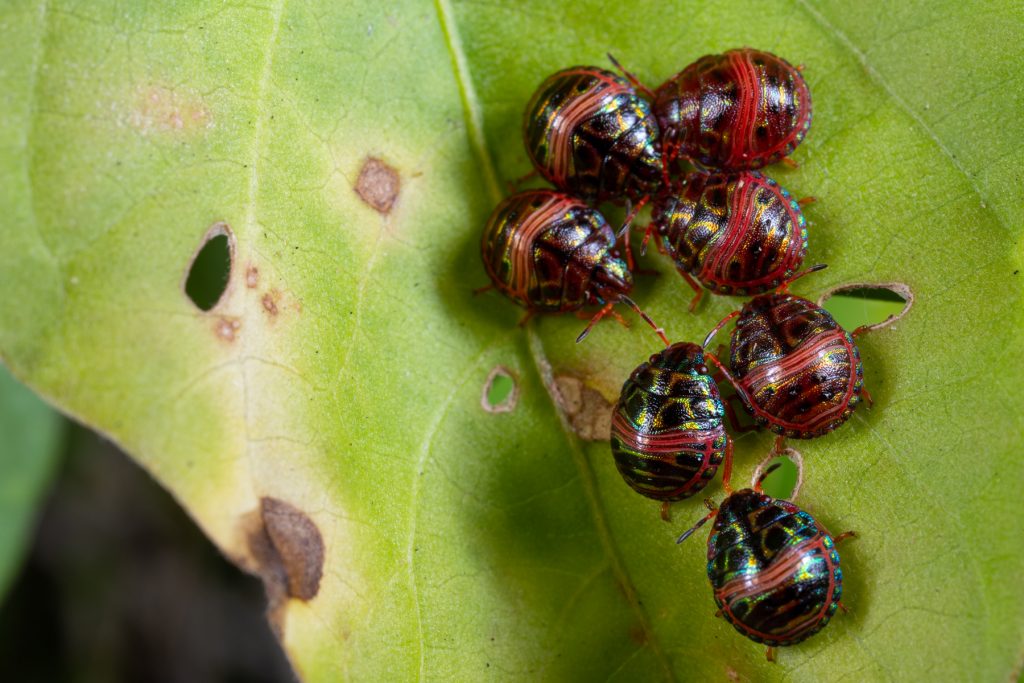
Bug nymphs (family Scutellaridae)
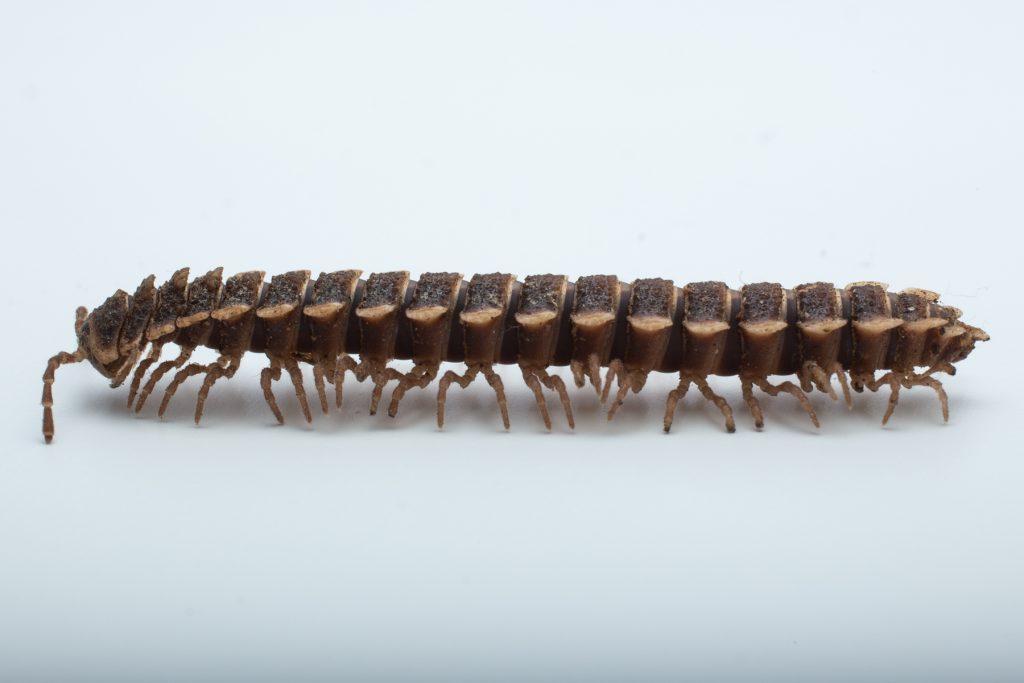
Ctenodesmine millipede Orodesminus n. sp. (family Oxydesmidae)
This was the millipede I was looking for. This is a species of polydesmidan cyanide-producing millipedes in the family Oxydesmidae. The family is characterized, in part, by little “eye” brows above their antennae. (Eye is in parentheses because these millipedes are blind, and haven’t had eyes in > 200 million years.) This particular oxydesmid has horns on its rings, which are noticeable on the first few rings (and on the photos here and here).
The millipede was discovered by Norima Niumtu, a student in the Gorongosa Biodiversity Science Education Program. Thanks Norima!

